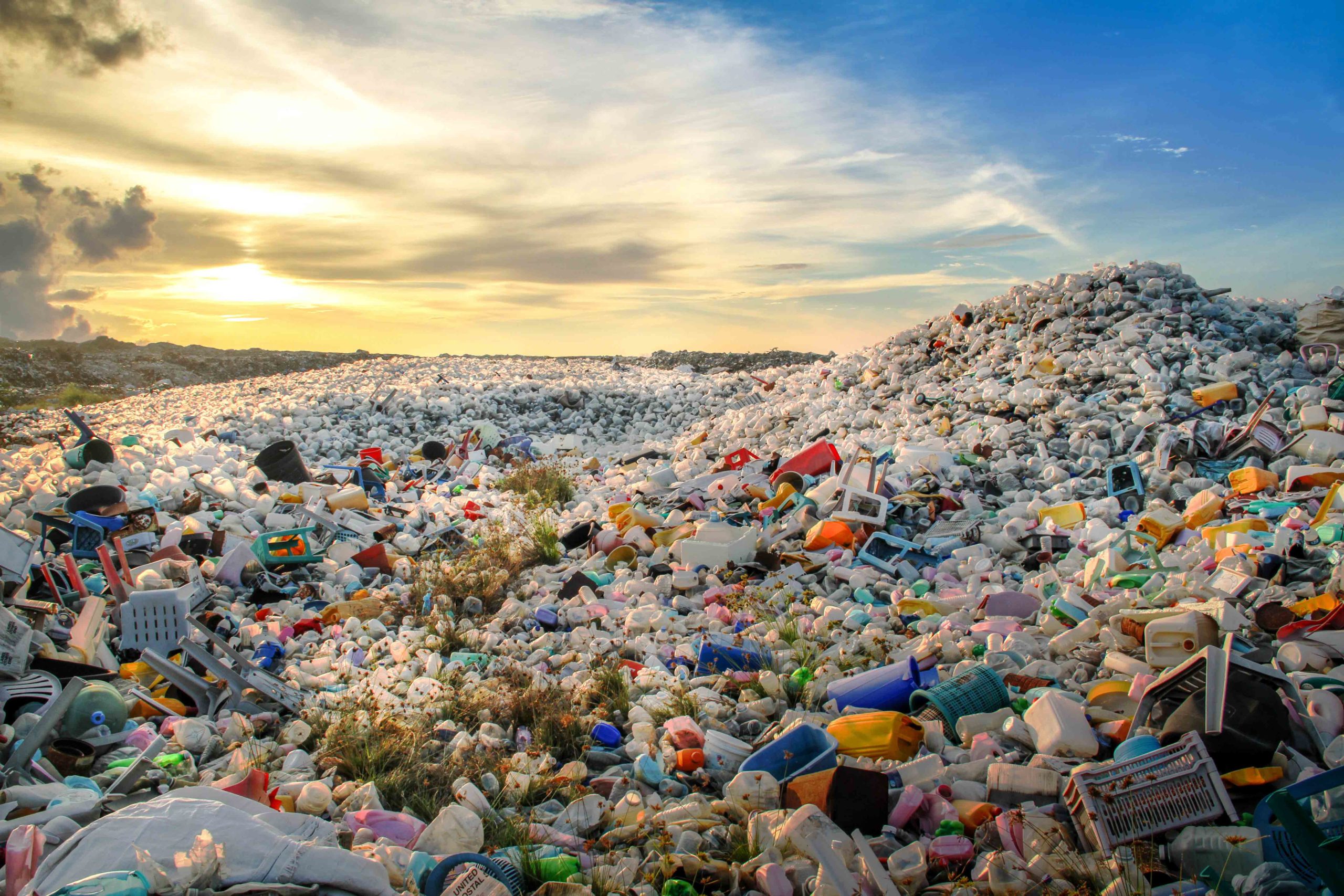Benzoil: Leading Waste Monitoring Solutions in Australia
Benzoil: Leading Waste Monitoring Solutions in Australia
Blog Article
From Garbage Dumps to Recycling Centers: A Comprehensive Guide to Liable Waste Monitoring Practices for a Greener Future
In a world where the management of waste has actually become increasingly critical for the sustainability of our world, the change from reliance on garbage dumps to the promotion of recycling facilities has amassed substantial focus. The environmental effects of land fills are well-documented, motivating a shift towards more responsible waste administration techniques. However, the journey towards a greener future involves even more than simply the fundamental separation of recyclables. It needs a thorough understanding of the different methods available, the advantages they use, and the cumulative initiatives needed to make a substantial distinction. By exploring the elaborate details of waste monitoring methods, a clearer path arises towards an extra sustainable and ecologically conscious culture.
Environmental Impact of Landfills
As natural waste decays in anaerobic conditions within land fills, methane is released right into the atmosphere, capturing warmth and worsening global warming. In addition, leachate, a poisonous fluid developed as rainwater percolates through waste products, can pollute dirt and water sources, presenting threats to both public and ecological health.
To resolve these environmental problems, positive waste administration strategies such as boosted recycling, composting, and waste-to-energy technologies are being applied to minimize the quantity of waste sent to landfills. By diverting organic waste and recyclables from land fills, the generation of methane and leachate can be minimized, inevitably reducing the ecological influence of these disposal sites.

Advantages of Recycling Centers
Reusing facilities play a crucial function in promoting lasting waste management practices and promoting a round economic climate. By reusing materials such as paper, plastics, glass, and steels, reusing facilities aid lower the removal and consumption of raw materials, eventually reducing the environmental influence of resource exploitation.
Furthermore, reusing facilities dramatically add to power conservation and greenhouse gas exhausts reduction (Benzoil). The procedure of recycling takes in much less energy contrasted to producing items from basic materials, resulting in a decline in carbon emissions and an extra energy-efficient manufacturing cycle. In addition, reusing facilities aid create work possibilities in the recycling market, sustaining neighborhood economic climates and giving employment possibility in waste management and recycling sectors
In addition, recycling facilities play a critical role in decreasing the quantity of waste sent out to landfills, therefore prolonging the lifespan of existing garbage dump sites and lessening the connected ecological and health and wellness dangers. By diverting recyclable materials from landfills, recycling centers aid alleviate air pollution, protect against dirt and water contamination, and shield ecological communities. Ultimately, the existence of recycling facilities cultivates a culture of environmental stewardship and responsible usage, leading the way for a much more sustainable and greener future.
Sorts Of Waste Monitoring Methods
Discovering different methodologies for effective waste management is essential in promoting sustainability and minimizing environmental impact. Waste management methods include a series of strategies to deal with various kinds of waste, each developed to minimize environmental injury and enhance source recovery.
One common approach is land fill disposal, where waste is hidden in marked areas. Recycling is a well-known approach that includes transforming waste materials into new items to stop waste of possibly useful products.
Composting is an organic technique that decays organic waste into nutrient-rich dirt. This approach is particularly reliable for food and lawn waste. Finally, waste-to-energy technologies convert non-recyclable waste into gas, electrical power, or warmth. Each technique has its advantages and difficulties, highlighting the value of selecting one of the most suitable technique based upon the kind of waste and environmental factors to consider.
Exactly How to Lower House Waste
To decrease waste, individuals can start by being conscious of their purchases, deciding for items with very little product packaging or in mass to decrease waste generation. Recycling things like containers, bags, and clothes can also assist lower the amount of waste that finishes up in garbage dumps.
Composting organic waste like food scraps and lawn trimmings is an additional environmentally friendly approach to decrease house waste. By composting, natural products are transformed right into nutrient-rich soil that can be used for gardening or landscape design, decreasing the demand for chemical fertilizers. Repairing items rather of discarding them and getting second-hand goods can also add to squander reduction. By incorporating these methods into day-to-day live, people can make a positive influence on the environment and work towards a greener future.
Area Interaction in Waste Monitoring

Additionally, establishing collaborations with regional schools, organizations, and neighborhood organizations can better enhance waste monitoring campaigns and motivate joint services to attend to waste-related difficulties within the community. Eventually, community engagement in waste monitoring is key to fostering a society of sustainability and advertising environmental stewardship for a greener future.

Verdict
In final thought, liable waste administration techniques are necessary for developing a greener future. Involving with the area in waste administration initiatives can better enhance the positive influence on the atmosphere.
In a globe where the administration of waste has come to be increasingly vital for the sustainability of our planet, the shift from reliance on garbage dumps to the promotion of recycling facilities has actually garnered significant interest. Recycling is a well-known technique that involves transforming waste materials right into new products to stop waste of possibly beneficial materials.
To minimize waste, individuals can begin by being mindful of their acquisitions, choosing for items with minimal packaging or in bulk to minimize waste generation.Composting organic waste like food scraps and backyard trimmings is an additional environment-friendly technique to lower family waste.To build upon the foundation of responsible waste administration methods at the home degree, promoting area interaction in waste management efforts becomes necessary for developing a much more sustainable and eco-conscious society.
Report this page